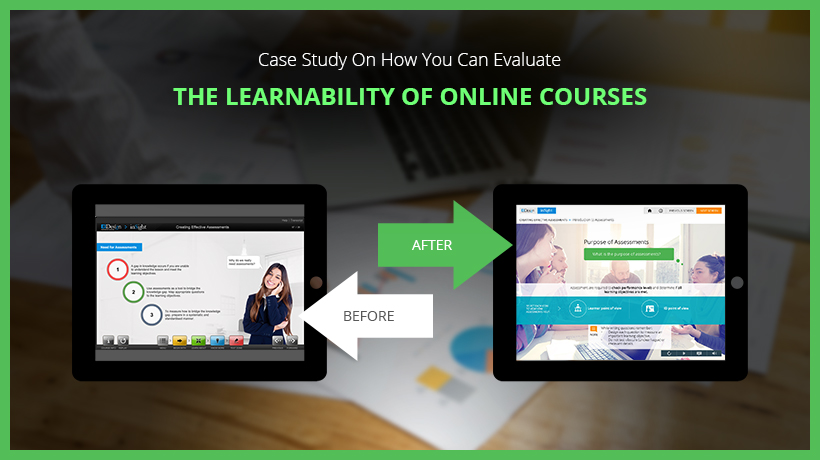
In today’s skill-based organizations, demonstrating ROI is crucial. Learning programs must show tangible results to justify their existence. This poses a challenge for Chief Learning Officers (CLOs) and L&D executives, as measuring the business value of training interventions has been difficult historically. However, proving ROI is essential for ensuring ongoing investment and success in L&D initiatives.
Fortunately, new technologies and ways of thinking are about to change that narrative. EI Powered by MPS, a Brandon Hall Group™ Smartchoice© Preferred Provider, is at the forefront of this kind of thinking. Let’s explore how to develop a robust strategy for measuring learning effectiveness and ROI in the modern era.
ROI for Learning: The Historical Challenge
Traditionally, measuring learning impact has been a complex task. Models like Kirkpatrick’s, introduced in the 1950s and later enhanced by Phillips in the 1970s, have long been the standard. However, these approaches often fall short in directly linking learning initiatives to business objectives and lack much of the nimbleness and agility needed to provide the real-time insights needed in a fast-paced “we need it yesterday” environment.
Learning Measurement Must Adapt
In an era where data analytics drive decision-making across industries and disciplines, there’s no reason why learning and development should be exempt from rigorous measurement and optimization. The modern business landscape demands a more sophisticated approach that can:
- Align learning metrics with strategic business goals
- Provide real-time insights into learning effectiveness
- Demonstrate clear ROI to stakeholders
Developing a Modern Learning Measurement Strategy
To create a strategy that effectively measures learning ROI, consider the following practices:
- Understand Business Objectives: Begin by gaining a deep understanding of your organization’s overall business goals. Identify how learning initiatives can directly support these objectives.
- Align L&D with Business Strategy: Ensure that your learning programs are designed to address specific business needs and contribute to key performance indicators (KPIs).
- Implement Robust Measurement Tools: Leverage advanced analytics and real-time data collection to track the impact of learning initiatives on business outcomes.
- Focus on Business Metrics, Not Vanity Metrics: Prioritize measurements that directly relate to business performance, such as increased productivity, revenue growth, or improved customer satisfaction.
- Integrate L&D with Performance Management: Connect learning objectives to performance metrics to create a clear link between skill development and business impact.
- Collaborate Across Departments: Work closely with business leaders, HR, and other key stakeholders to ensure alignment and buy-in for your measurement approach.
- Embrace Technology: Utilize AI and machine learning to enhance measurement accuracy and provide predictive insights into the potential impact of learning initiatives.
The NexGen ROI Model: New Standards for Learning Metrics
As we look to the future of learning measurement, innovative approaches like EI’s NexGen ROI model are transforming how organizations assess and maximize the impact of their L&D initiatives. This methodology goes beyond traditional approaches, offering a comprehensive vision that addresses the complexities of modern business environments.
The NextGen ROI model and concepts like it have the potential to establish, solidify, and improve learning measurement in the following ways:
- Gaining a holistic view of learning impact: The model provides a 360-degree perspective on how learning initiatives contribute to organizational success, moving beyond isolated metrics to show the broader business impact.
- Bridging the gap between learning and business strategy: The “Business First Model” resonates strongly with executives, as it ensures learning initiatives are intrinsically linked to core organizational objectives from the outset.
- Empowering L&D leaders: The NexGen ROI approach equips L&D with the language and insights needed to effectively communicate the value of learning to C-suite executives and other key stakeholders.
- Fostering a culture of continuous improvement: The model’s emphasis on ongoing measurement and alignment helps organizations cultivate an environment where learning is seen as a critical driver of business success.
Adopting approaches like NexGen ROI can help you transform your learning measurement strategy from a perfunctory exercise into a powerful tool for driving business growth. This process not only demonstrates the tangible impact of L&D initiatives but also positions learning as a strategic imperative in achieving long-term organizational goals.
This approach creates the conditions for a paradigm shift in how learning is perceived within their organizations. It moves L&D from a cost center to a value creator, enabling learning and development executives to take their rightful seat at the strategic table and play a pivotal role in shaping the future of their businesses.
Standardizing and upgrading your methods of measuring learning effectiveness and ROI is a must for modern learning leaders. When you align learning initiatives with business goals, leverage advanced analytics, and embrace innovative models like NexGen ROI, you can demonstrate the true value of learning and development to your organization.
The future of learning measurement is here, and it’s time for CLOs and L&D executives to lead the charge.
More about EI Powered by MPS
EI Powered by MPS, a Brandon Hall Group™ Smartchoice© Preferred Provider, has been at the forefront of creating transformational learning experiences for more than 30 years.
Ready to learn more about the NexGen ROI model? Click here for more information.



